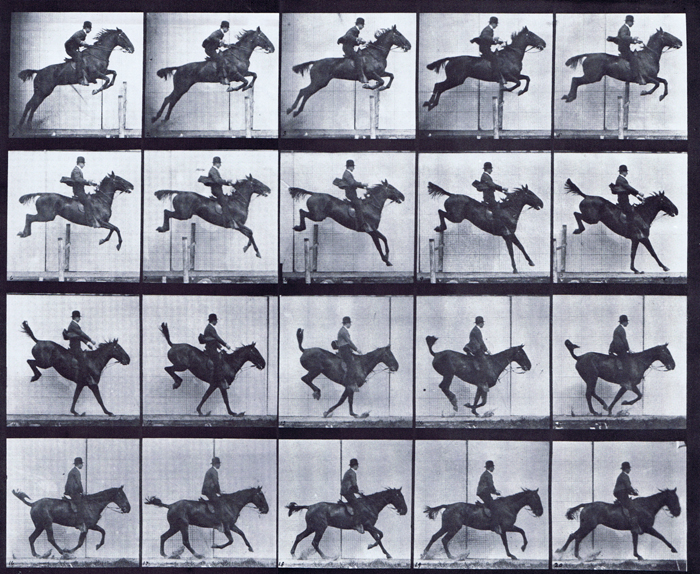In this post I am going to put together a high level summary of common show jumping injuries.
 |
| Ben Maher. Image - Independent |
 |
| Take off - Landing. Image - Sillydragon |
With the repeated loading onto the anatomical structure, injuries can be sudden/servere and are usually caused by over stretching the ligaments/tendons as well as the compression and twisting of the skeletal structure. An awkward landing/twist or poor footing upon landing are all contributing factors to show jumping injuries.
Strain is mainly placed on the forelimbs when landing and the hind limbs when the horse is taking its first stride after landing as the limbs come right underneath them. The degree of injury may then depend on the level at which the horse is competing at.
Common injuries/conditions include:
- Superficial Digital Flexor Tendonitis - strain which usually occurs when the coffin and fetlock joints are overextended
- Suspensory Ligament Desmitis - strain to the upper part of the ligament near to where it joins onto the cannon bone
- Deep Digital Flexor Tendonitis - strain to the distal DDFT where it passes over the back of the navicular and inserts into the coffin/pedal bone
- Collateral Ligament damage to the coffin joints
- Joint inflammation due to compression/twisting
- Bruising to the foot
- Arthritis in the bottom two joints of the hock
- Sacroiliac joint inflammation from sliding hind limbs
- Muscular soreness over the back and quarters
For show jumping injuries, thermography has the ability to not only act as a prevention tool and assist in locating the issue in a non-invasive way, but it will also help in the rehabilitation of the injury. By having a series of thermography scans post injury you will be able to see how/if the treatment is working and it will give you that visual clarification to say you can return to work as the inflammation has resolved instead of hesitantly going off the vets word - I've been there before! Also whilst being back in work you will be able to see how the structure is holding up too! The infra-red camera cannot lie!
Jess x
No comments
Post a Comment